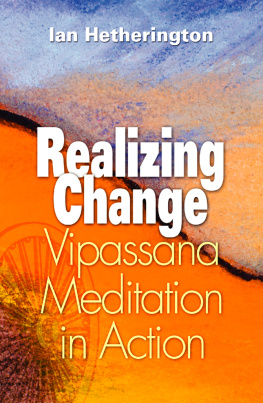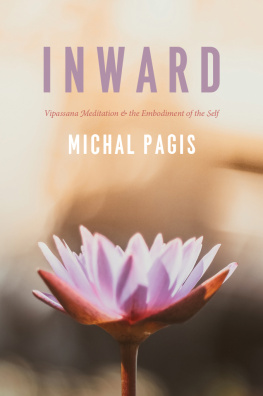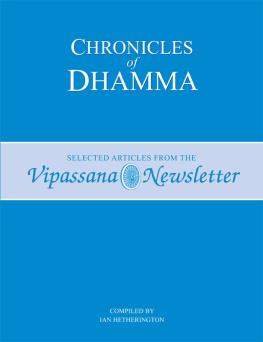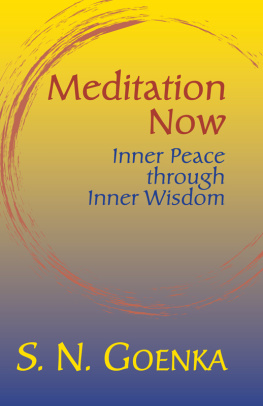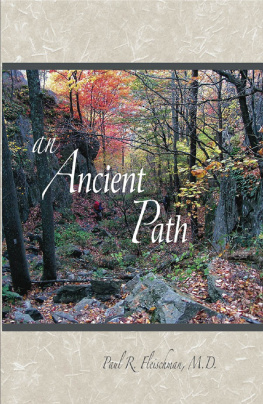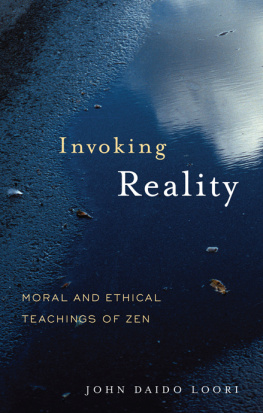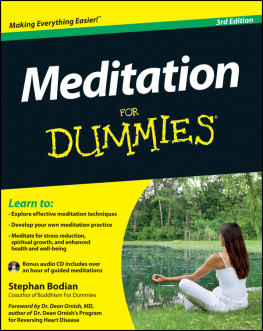Realizing Change

Realizing Change
Vipassana Meditation in Action
by
Ian Hetherington
Vipassana Research Publications Seattle
VIPASSANA RESEARCH PUBLICATIONS
(AN IMPRINT OF)
PARIYATTI
867 Larmon Road
Onalaska, WA 98570
WWW.PARIYATTI.ORG
2003 Vipassana Research Institute
All rights reserved. No part of this book may be used or reproduced in any manner whatsoever without the written permission of the Vipassana Research Institute, except in the case of brief quotations embodied in critical articles and reviews.
First edition, 2003
Print ISBN: 978-1-928706-21-2
PDF ebook: 978-1-928706-94-6
ePub ISBN: 978-1-928706-95-3
Library of Congress Control Number: 2002112313
Photography on pages 2, 18, 32, 60, 80, 130, 148, 172 by Kirk Brown. 2003Kirk Brown
Photography on pages 108, 202,224, 238 by Michael Green.
2003 Michael Green
Cover design by Neel Patil, www.coolillustrations.com
PREFACE
Despite the greater availability of meditation courses in recent times, the term Vipassana meditation and its potential remain largely unknown in the West. This book, featuring accounts by practitioners leading everyday lives, aims to make Vipassana both better known and more clearly understood.
Two decades back, I had the good fortune to learn the technique of Vipassana directly from S.N. Goenka, a modern lay meditation master in a tradition dating back to the time of the Buddha. Since then, like countless others, I have come to appreciate what a priceless gift Vipassana is. I know through my own experience, personally and professionally, that the benefits I have received from this meditation practice today are indeed enormous. I am profoundly indebted to Mr. Goenka, whose teaching suffuses this book, and who is a tireless and exemplary ambassador for Vipassana around the globe.
Realizing Change has been five years in the making. Many people worldwide have generously given their time, energy and skill to helping the project come to fruition. I am particularly grateful to the dozens of meditatorsstudents and teacherswho submitted stories about their own experience of Vipassana. It has only been possible to include a sample here. In making this compilation, I have also been fortunate to have a wealth of existing source material in different media to draw upon: the Vipassana Research Institute (India) and Pariyatti (USA) and their authors for an extensive list of books, articles and seminar papers; Karuna Films, filmmakers David Donnenfield, Michael Norton and Gerald Frape and transcribers for scripts and camera interviews; Michael Green and Kirk Brown for photographic images; Paul Fleischman for permission to excerpt from Cultivating Inner Peace.
My job has been more anthologist, than originatorto weave personal narratives into a straightforward account of Vipassana meditation and its relevance to contemporary life. Special thanks to editors Rick Crutcher of Pariyatti and to Bill Hart for their perceptive comments, suggestions and patient guidance. By repeatedly driving us back to the basics their advice undoubtedly improved the text. Thanks too are due to the U.K. Vipassana Trust for invaluable access to staff and facilities at the Hereford meditation center.
Friends Kirk and Reinette Brown and my wife Shelina also read everything and were unfailingly encouragingthe ideal support team.
Vipassana has been a central part of my life for the past twenty-four years and the text naturally reflects my own experience and understanding, both as a meditator and in my role as an assistant teacher. Where there are shortcomings, they are mine alone and no reflection on the teaching, which is flawless.
Deepest thanks to all who have contributed to this joyful work. May its merits be shared with every one of them.
Herefordshire, UK
2002
INTRODUCTION
Where to now?
Hurricane-force changes characterize the times. Forever raising or dashing our fortunes, they test us to the limit. Is there shelter in the storm? The world wont stop to let us off, so what to do and which route to go? Do we bend or break? Vipassana is a practice of experiencing changeface to face with full understandingmoment by moment throughout our days. By realizing changeface to face with full understandingwe can be doers rather than done-tos. The aim of this book is to introduce Vipassana meditation as a tried and tested way of solving our everyday problems.
The book is written both as celebration and invitation; a celebration of a living tradition of meditation which is being practiced around the world today, positively transforming peoples lives in great ways and small, as it has unfailingly for over two thousand years; an invitation to journey together into a fascinating realm of feeling, thought and action.
Vipassana is an ancient meditation technique of India. The Buddha discovered it, attained full enlightenment using it and made it the essence of his teaching, which spread throughout the Indian subcontinent and then on to neighboring countries. For five hundred years Vipassana flourished in India but then eventually it became polluted and was lost there.
However in Burma (now Myanmar) a chain of devoted teachers maintained the theory and the practice of the technique in its original form over the centuries. Sayagyi U Ba Khin, a respected lay meditation teacher and high government official, was the person directly responsible for relaunching Vipassana in the modern era. At his center in Rangoon he taught foreigners as well as native Burmese. Among his closest students was SN Goenka, a Burmese businessman of Indian origin whose family had settled in Myanmar some generations before. In 1969, after fourteen years studying meditation and assisting his teacher, Mr Goenka returned to India. The mission entrusted to him by U Ba Khin was to take Vipassana back to its birthplace, the land of the Buddha, and from there to spread it around the world. Accordingly Mr Goenka started to give courses in Vipassana, first in India and then abroad. In time, meditation centers exclusively devoted to the teaching were established.
Although Vipassana has its origin in India and has been preserved in the Buddhist tradition, it contains nothing of a sectarian nature and can be accepted and applied by people of any background. In the West people often feel uneasy at the mention of meditation. Various negative associations are made: with cults; with other religions; with mysticism. In sum, people often feel about meditation, This is not for us. By its progress over the past thirty years Vipassana has shown how unfounded these anxieties are. The approach is practical, rational and scientifican objective investigation of our own minds and bodies, free from any ritual or blind belief. Members of all religions and none, coming from every part of the world and every walk of life, are successfully practicing Vipassana. This should come as no surprise. Our problems are universal and the solution must likewise be universal. Now, as in the past, people of East and West are ultimately the same. Tangible evidence of the techniques effectiveness is offered here in anecdote and research. Through the practice of Vipassana and across all cultural boundaries, we will see how individuals are not only developing their own potential as human beings but are able to make a greater contribution to society as a whole.

